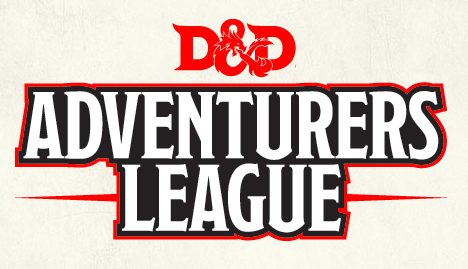I love geology. I’ve always been interested in rocks, the Earth and changes to the land. My mom’s rock identification book was one that I pored over as a child. My favorite rock looked like an Oreo. That may or may not have been a coincidence. I had quite a rock collection with plenty of mica (we lived in Tucson, Arizona, where mica practically grew on trees), and my daughter follows me by having a rock collection of her own.
It wasn’t until I got older and learned more about geology that I finally thought of the changing Earth as being part of a big cycle. Stand-alone concepts such as weathering, erosion, sediment, mid-ocean rifts, subduction zones and volcanoes now became mere parts of a whole.
The new book The Planet in a Pebble: A Journey into Earth’s Deep History by Jan Zalasiewicz takes us on several different parts of that cycle. Mr. Zalasiewicz is a field geologist, paleontologist and stratigrapher. For this book, he uses a forensic approach to Earth science.
This book starts out with the big bang and goes through the formation of the universe, our galaxy, our solar system and our planet. It discusses what you can learn from a pebble: more than most people might think. The book encompasses many branches of science, not just geology. Chemistry, biology and astronomy are well represented, not to mention the scientific method and scientific inquiry in general.
The Planet in a Pebble takes us on 13 different paths that hypothetical pebbles could have taken on their journeys through the rock cycle. The first journey, Stardust, takes us back farther than the rock cycle itself to the time of ancient stars. It deconstructs the pebble, teaching us about its component parts and its chemistry. Journeys that follow include pebbles forming from deep inside the Earth, from sediment, with pressure, filled with microfossils or made from magnetic material. The whole book is as much contemplative and poetic as it is scientific.
There is a short Further Reading section at the end of the book. I highly recommend perusing this section if you are interested in learning more about this topic. Thanks to the magic of Google, we’re even able to read the first one listed for free: Thoughts on a Pebble by Gideon Mantell, written almost 200 years ago. There are about a dozen other books listed that are about similar or related topics.
The Planet in a Pebble has 13 journeys in all, for our hypothetical pebbles. Valuable or commonplace, pebbles have taken quite a variety of journeys to get to where they are today. And they will continue to go on and on, through the cycle of rock.
The Planet in a Pebble came out just this month in hardback, and it retails for $27.95. And as with other Oxford University Press books that I have read, this one never failed to bring a smile to my face.
Note: I received a copy of this book for review purposes.




